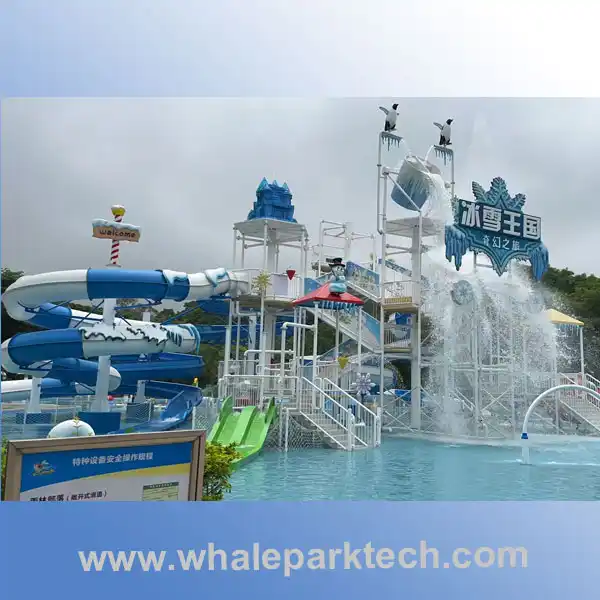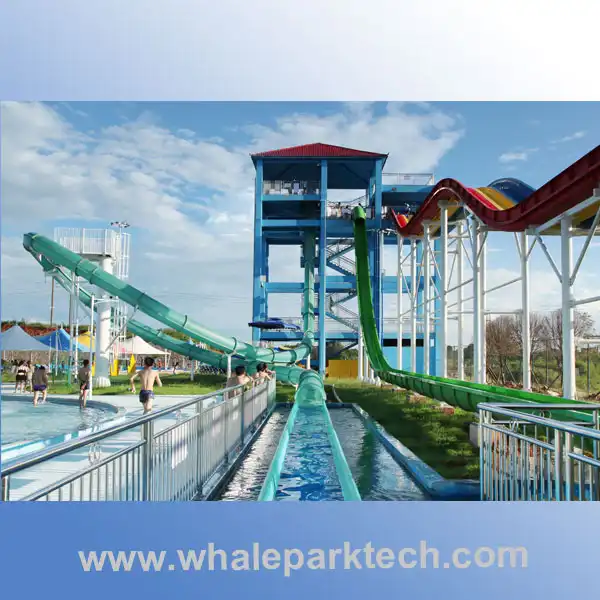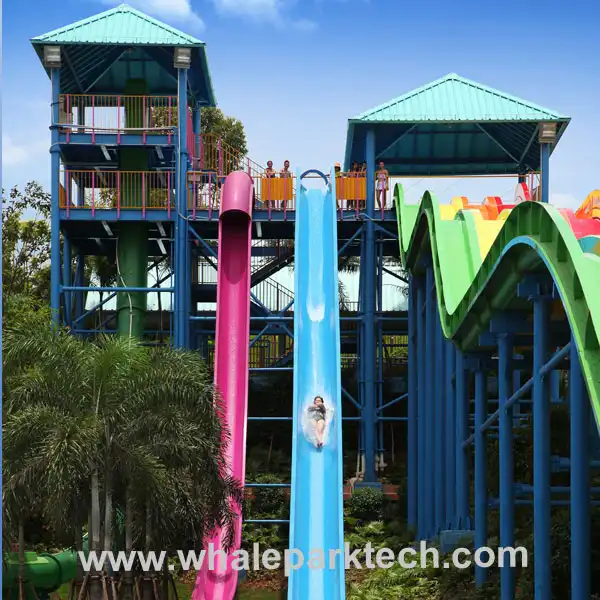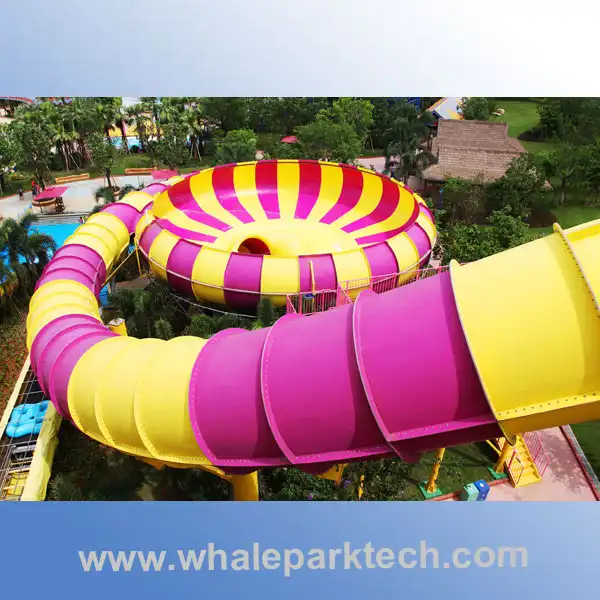Water Park Planning: A Comprehensive Guide to Creating an Aquatic Entertainment Destination
With the growing demand for family-friendly entertainment and summer leisure activities, water parks have become a key investment area in the tourism industry. This article outlines a systematic approach to water park planning, covering site selection, facility design, safety protocols, and sustainability strategies.
- Strategic Site Selection
The ideal location should consider three core elements:
– **Geographical Advantage**: Proximity to urban centers (within 1-2 hours’ drive) with convenient transportation networks. Coastal areas or regions with extended warm seasons (6-8 months annually) are preferred.
– **Market Potential**: Target areas with a population exceeding 2 million or established tourist destinations receiving 3+ million annual visitors.
– **Environmental Compatibility**: Avoid ecological reserves while ensuring adequate water supply (minimum 5,000 m³ daily capacity).
- Themed Zone Design
Modern water parks should incorporate differentiated experience zones:
| Zone Type | Key Features | Target Audience |
| Thrill Seekers | 40m+ waterslides, wave pools | Teens & young adults|
| Family Fun | Interactive play structures | Parents with children|
| Leisure Oasis | Lazy rivers, spa pools | Adult visitors |
- Facility Planning Standards
Implement a 3-tier capacity model:
– **Entry Level**: 5-8 attractions, 10,000㎡ area, 3,000 daily capacity
– **Mid-Scale**: 12-15 attractions, 50,000㎡ area, 8,000 daily capacity
– **Premium**: 20+ attractions, 100,000㎡ area, 15,000 daily capacity
Critical infrastructure includes:
– Water treatment systems meeting WHO standards
– ADA-compliant access routes
– Medical stations within 3-minute response range
- Safety Management System
Develop a multi-layered safety protocol:
- Preventive Measures:
– Maximum slope angle: 35°
– Water depth markers every 5m
- Monitoring Systems:
– CCTV coverage ≥98%
– AI-powered drowning detection
- Emergency Response:
– 1 lifeguard per 500㎡ water surface
– 2-minute emergency response time
- Sustainable Operation Strategies
Implement green technologies:
– Water Recycling: Achieve 90% reuse rate through ultrafiltration
– Energy Innovation: Solar-powered water heating meets 60% demand
– Smart Management: IoT sensors reduce 25% energy consumption
- Financial Planning
Typical investment benchmarks:
| Project Scale | Construction Cost | ROI Period |
| 30,000㎡ | $25-40 million | 5-7 years |
| 50,000㎡ | $60-80 million | 4-6 years |
| 100,000㎡ | $120-150 million | 6-8 years |
Conclusion
Successful water park development requires meticulous planning combining market analysis, creative design, and operational excellence. By implementing these evidence-based strategies, developers can create destinations that deliver 35%+ annual returns while maintaining safety and environmental responsibility.






